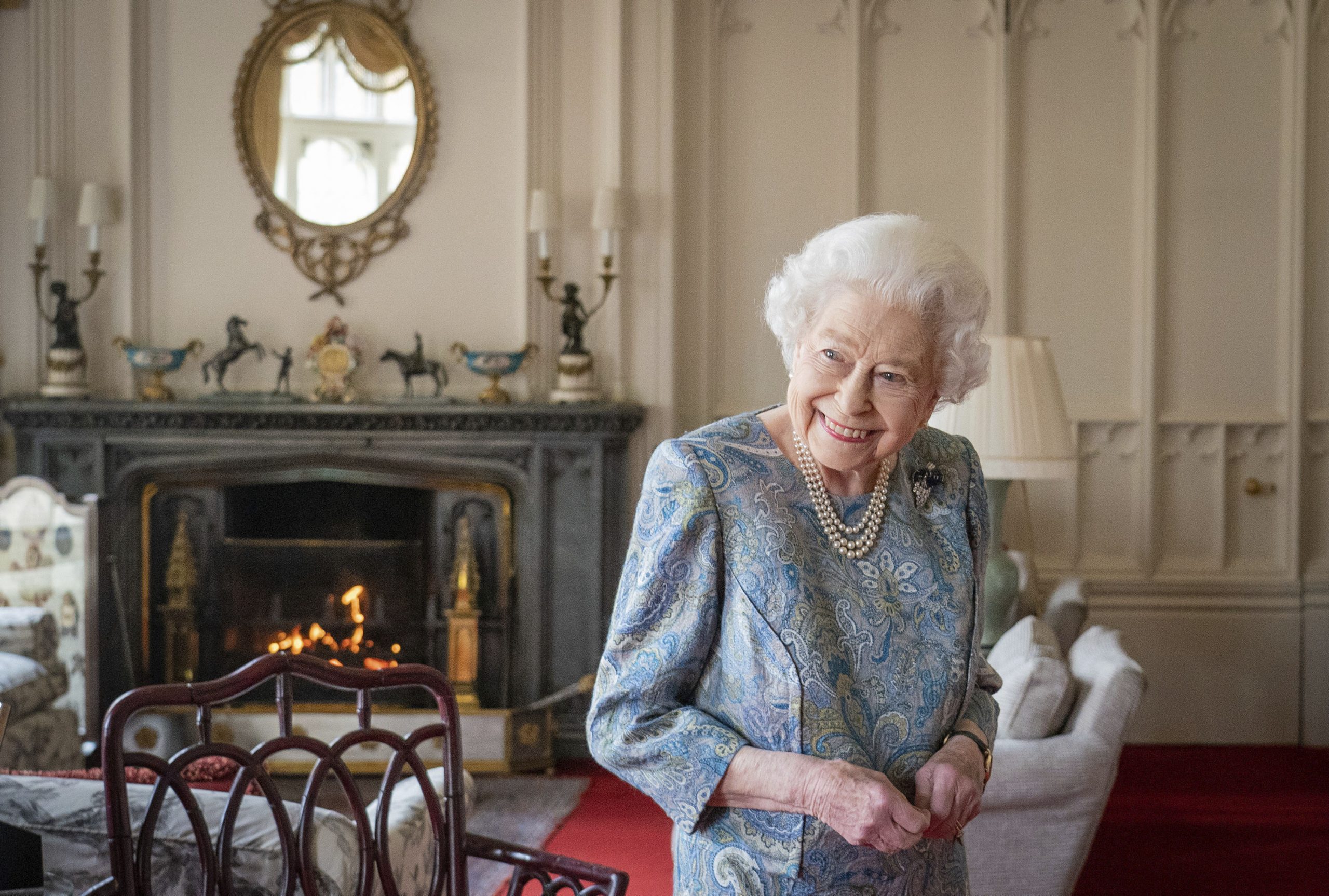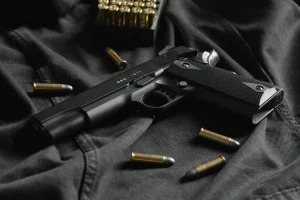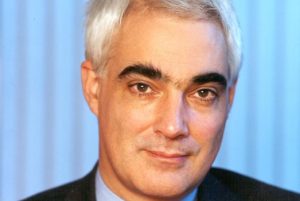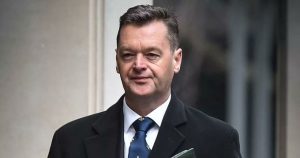Queen Elizabeth II died aged 96 Thursday ending a 70-year reign as United Kingdom’s monarch. This triggered Operation London Bridge, a code name plan for the Queen’s death. It includes planning the announcement of the monarch’s death, the period of official mourning, and the details state funeral.
Some critical details of the process were decided by the Queen herself.
How Operation London Bridge was triggered?
In accordance with Operation London Bridge, Sir Edward Young, the Queen’s private secretary called the Prime Minister and said, “London Bridge is down.” After the Prime Minister was alerted, the information went out to leaders of 38 nations which are part of the Commonwealth.
A footman donned in black pinned an official notice to the gates of Buckingham Palace. At that point, the British Broadcasting Channel (BBC) logo, which is usually red, turns black. All anchors changed into black suits and ties.
Also Read | Who succeeds Queen Elizabeth II?
The UK’s flag at 10 Downing Street was brought down to half-mast and Prince Charles unofficially became the King.
Four days after Queen Elizabeth II’s death, there will be a procession from Buckingham Palace to Westminster Hall. She will lie in state for nine four days and will be buried nine days after her passing.
Also Read | Queen Elizabeth II dead: All about funeral arrangements
After the Queen’s death, Liz Truss said the country is “devastated”
and called her “the rock on which modern Britain was built.” She added the news
is “a huge shock to the nation and to the world,” but the queen’s spirit will
endure. Upon her appointment by the Queen, Liz Truss has become the 15th
prime minister to serve during Elizabeth’s reign.
Also Read | What is Operation London Bridge?
Elizabeth will be buried next to her late husband, Prince Philip, and her father King George VI.







